Tiny biological needles? Yes, you did indeed read that correctly!
For many, we know that certain bacteria can cause disease but exactly how they are able to infect their targets often remains a mystery.
One such system, responsible for promoting bacterial infection, is known as the type III secretion system (T3SS). This system looks and acts like a tiny biological needle!
The T3SS is part of a larger collection of secretion systems. Bacteria use secretion systems to move compounds around, to fight against other bacteria or to infect their hosts. The T3SS does that last job, it is used to infect higher organisms like humans or plant cells
The T3SS is a microscopic needle-like structure. It sticks out from the surface of the bacteria by around 50 nanometres (so very small!). The needle doesn’t just hang around all the time though. It is a moving system which can extend or retract as necessary.
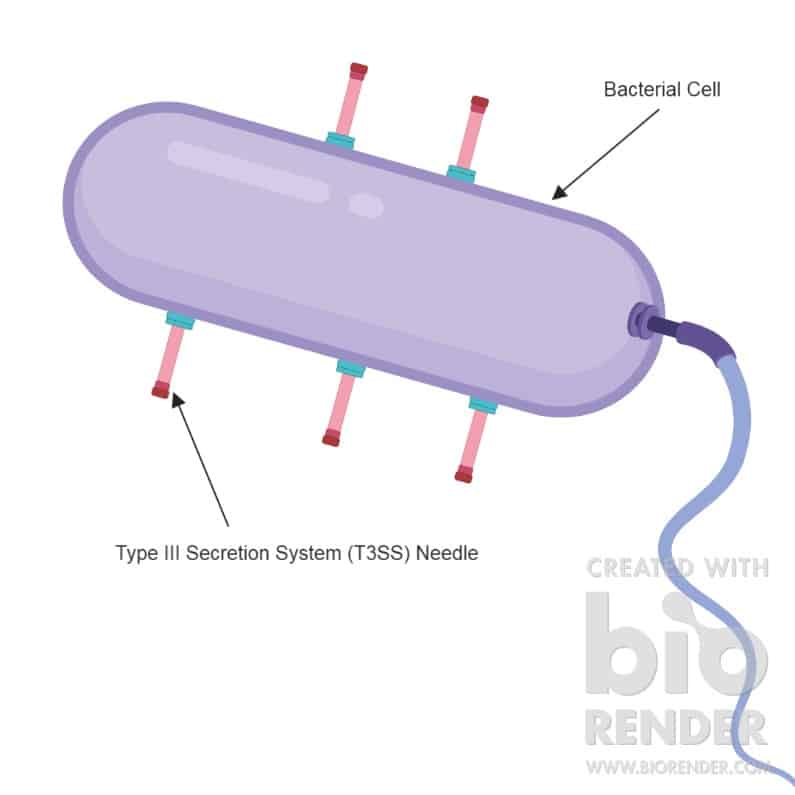
The rest of the needle structure is buried within the cell membrane, which is like a bacteria’s skin.
The T3SS body is made of several different sized rings. Like the needle, the rest of the secretion system also moves and changes a lot. The entire system has lots of regulation where bacteria can turn their systems on or off.
The end of the needle, the translocon, can “pierce” the target host cells. These target host cells are usually from higher organisms such as plants and animals (including us humans).
By piercing the target cell, a stable link between the host and the bacterium has now formed.
The bacteria deliver effector proteins into their target. These effector proteins:
- Give rise to characteristic disease symptoms
- Minimise any immune response
- Establish bacterial infection
I guess you could say they get stuff done!
The bacteria physically pump these effector proteins using energy. This process is powered by a tiny biological motor. This motor is called an ATPase, a structure which produces energy. This ATPase motor is located right at the bottom of the system, and spins rapidly just like a tiny biological wind turbine.
The effector proteins are brought to the base of the secretion system. Effector proteins are drawn up the through the T3SS rings, out through the needle and into the target host cell.
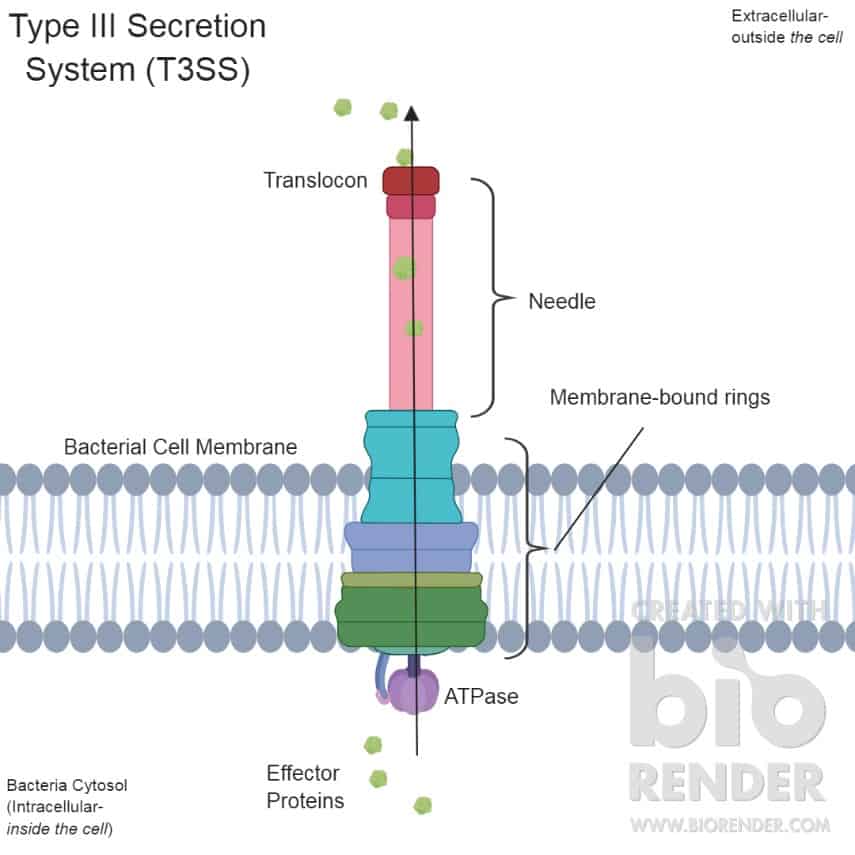
The T3SS requires a lot of precious energy and resources to assemble and operate. Bacteria with better control over the system, can allocate resources more efficiently and only when necessary. This is an evolutionary advantage; they have a higher chance of survival and growth.
Depending on the bacterial species, full infection of a target can be achieved in just a few minutes or hours when using the type III secretion system.
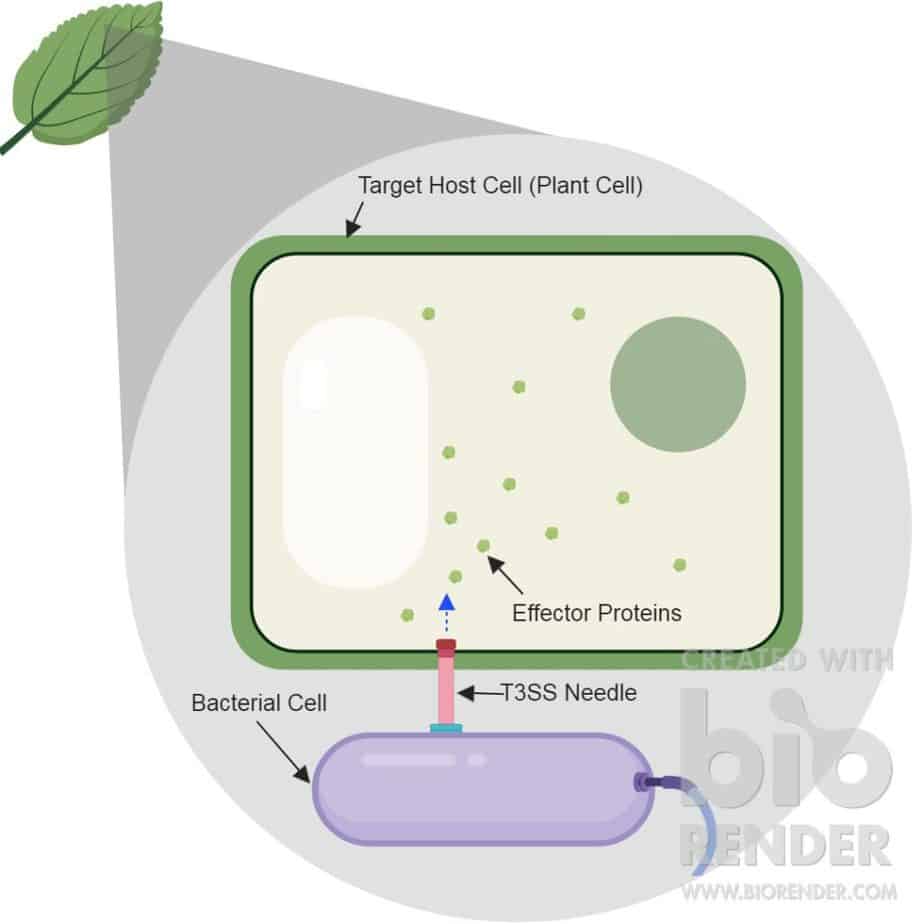
Not all bacteria have this system but those which do, will often use it as their primary method for establishing infection.
An example of a bacterial species which does make use of the T3SS for infection is Pseudomonas aeruginosa. This is a common bacterium picked up in hospitals. It can become aggressively resistant to antibiotics and costs a lot of money for health care providers around the globe.
Researchers (like me) are trying to understand this system in more detail so that we can better arm ourselves against the fight against these bugs and against antibiotic resistance.
Perhaps we will hear more about this intricate and complex system in the near future. It is fast becoming a possible target for antibiotic drug design. Also, perhaps I’ll find out enough about these type III secretion systems to be able to fill a thesis with data and crown myself Dr. Danny Ward.
I’m specifically trying to understand type III secretion system regulation. A tiny molecule known as CdG (or cyclic-di-GMP in full) can bind to the T3SS and change a bacterium’s ability to infect. We don’t know how or why this works. I’m on a mission to find out more about this!
Why is this important, I hear you cry?
Not only will it expand our knowledge of the natural world, which you never know where that might lead, but it will also build a better foundation for developing control agents to stop bacteria with T3SS.
If we can spray a solution which will get the CdG to do all the hard work for us and stop the bacteria infecting, then we will have hit the jackpot!
I still have 2 more years still to go with the PhD, so time will tell as to exactly what I find!
Take away from this week’s article
- Some bacteria use tiny biological needles known as type III secretion systems (T3SS)
to infect their target hosts - These needle-like structures deliver effector proteins in to target cells which
promote infection - This system is driven by an ATPase which acts like a small, yet powerful biological
motor.

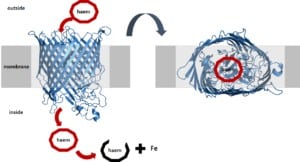
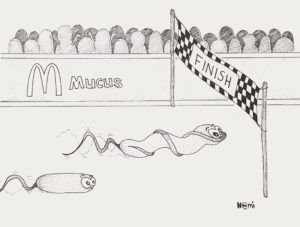
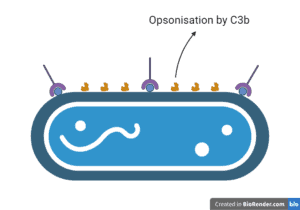
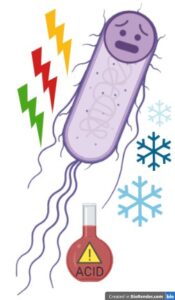
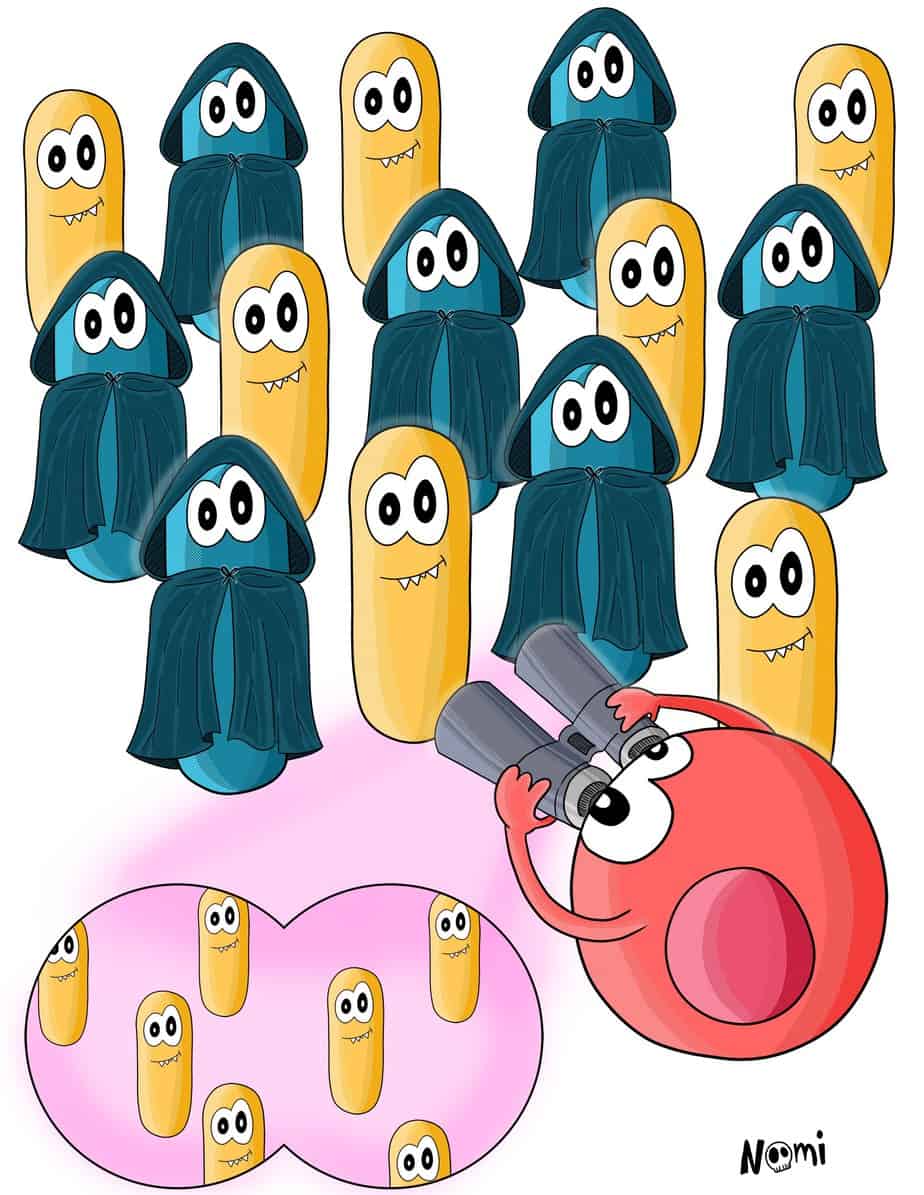
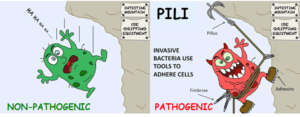
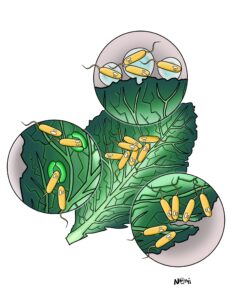



3 Responses
This PhD is being funded by “the UKRI Biotechnology and Biological Sciences Research Council Norwich Research Park Biosciences Doctoral Training Partnership”.
Thanks for this detailed explanation, Danny.
You didn’t say how bacteria actually enter cells and multiply inside. Could you talk a little more about this and give us a bit more insight into the effector proteins please?
Good luck with your PhD,
Jeff.